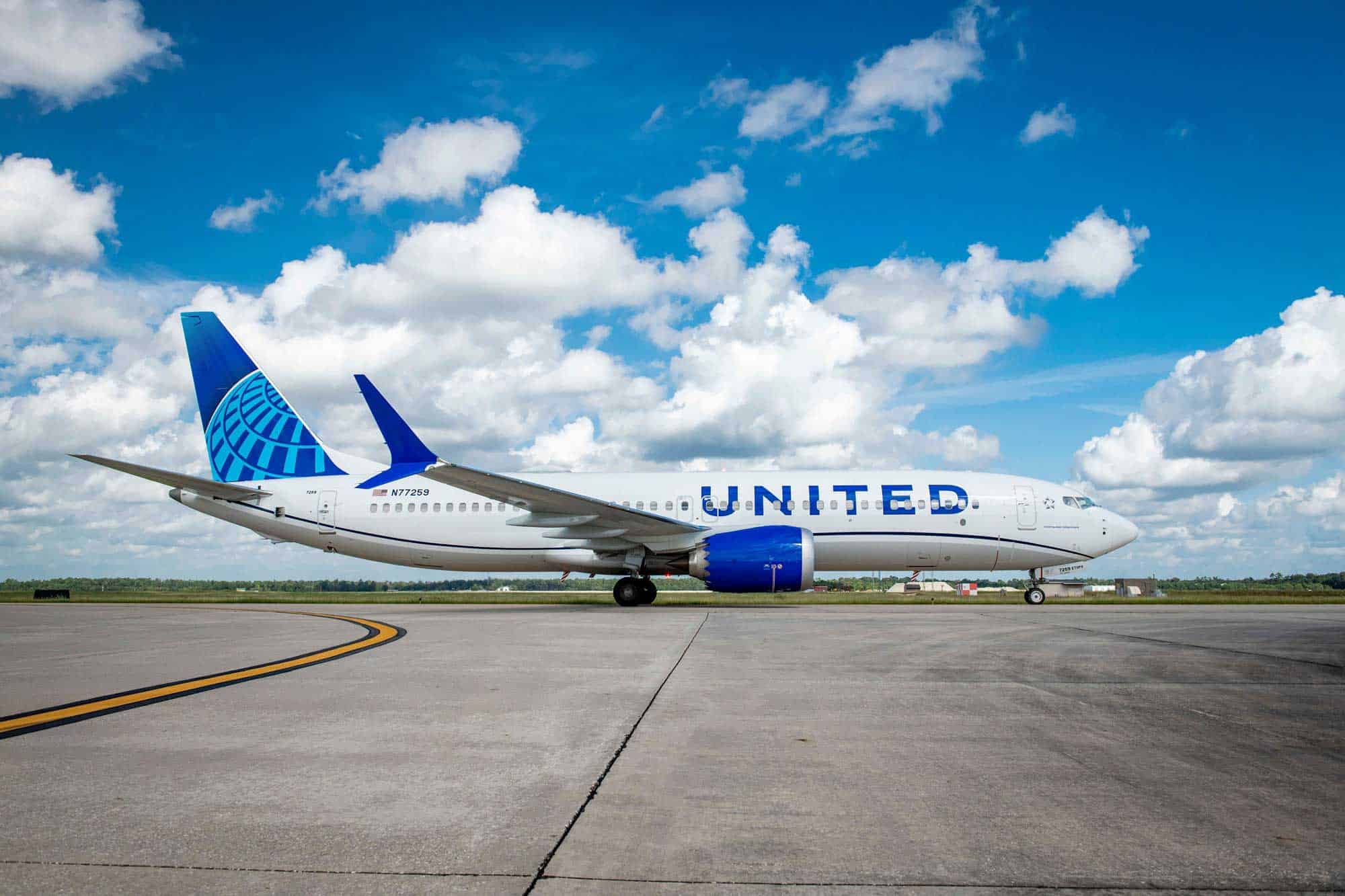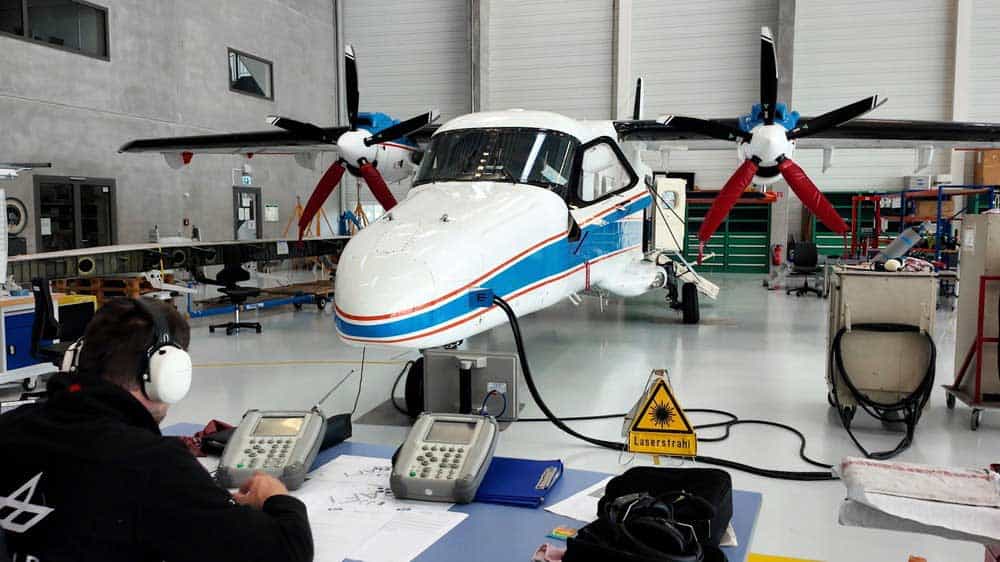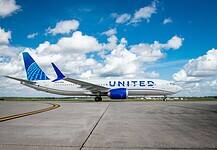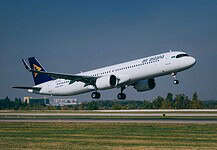This site is also available on:
Deutsch
Historical beginnings of the flight connection between KLM and the Hanseatic cities
On September 1, 1920, a significant chapter in the history of aviation and international connections began when KLM Royal Dutch Airlines launched its first scheduled service to Bremen and Hamburg. This groundbreaking route was not only a milestone for the airline, which was only one year old at the time, but also marked the first regularly scheduled international flight in Europe, connecting the Hanseatic cities of Bremen and Hamburg with other important European cities such as Copenhagen, Amsterdam, and Rotterdam. KLM’s pioneering achievement thus set a new standard for cross-border passenger and cargo transport at a time when aviation was still in its infancy.
The aircraft of that era, such as the De Havilland DH-16, made of wood and covered with fabric, did not meet today’s standards and offered neither the comfort nor the protection from the elements that we take for granted today. Flight crews and passengers were largely at the mercy of the weather conditions, underscoring the sheer courage and spirit of adventure of the early aviation pioneers. Limited capacity and the necessity to operate flights only during the summer months also reflected the technical and climatic challenges of the era. In addition to passenger transport, the transportation of commercial goods such as flowers, fruit, vegetables, and goods from the Dutch colonies played a key role, closely intertwining aviation and trade from the very beginning.
Development of flight technology and the importance of air connectivity
Less than a year after the launch of the original connections, the modernization of the aircraft used began. In April 1921, KLM replaced the leased biplanes with its own Fokker F2 and F3, which represented a technological advance and improved flight capacity and reliability. At the same time, flights were still a distant prospect for many people due to the high ticket prices relative to the average wage at the time. The costs for one-way routes such as from Bremen or Hamburg to Amsterdam were beyond the reach of many workers. The prices of 100 to 200 guilders for round-trip tickets underscore the exclusivity of air travel at that time. Nevertheless, the connection became established and played a significant role in connecting the Hanseatic cities more closely with the European mainland, both economically and culturally.
Over the course of the 20th century, the role of air transport evolved from an adventure for the privileged few to an integral part of the modern transport and logistics system. Freight transport, such as products from the Dutch colonies or regional goods, proved to be an important economic factor. These early connections not only improved the exchange of goods but also contributed to the internationalization of the regional economy.
Present and future prospects of KLM connections to Bremen and Hamburg
Today, KLM’s flight connections to the northern German Hanseatic cities are characterized by a significant increase in frequency and efficiency. With up to four daily connections to Bremen and five flights to Hamburg, KLM is an indispensable partner for air transport infrastructure and a bridge to a global route network of over 160 destinations. The connection to the Amsterdam-Schiphol hub provides passengers from the region seamless access to numerous major cities worldwide, which is invaluable for both business and leisure travelers.
The collaboration between KLM and the Hanseatic cities is highly valued by those responsible in Bremen and Hamburg alike. They see the more than 100-year-old partnership as the expression of a reliable and successful collaboration that is constantly evolving and future-proof. The aviation industry is undergoing change, and KLM strives not only to meet customer needs but also to increasingly address ecological and sustainability challenges. The connection to Amsterdam remains one of the most important routes in the network, strengthening Bremen and Hamburg as important European hubs.
The long-term importance of the flight connection for Bremen and Hamburg
The historical development of KLM’s flight service to Bremen and Hamburg offers a fascinating insight into the fashion and changes of aviation over an entire century. From wooden biplanes with just a few passengers to modern aircraft that open the door to hundreds of destinations every day, the enormous progress and changing significance of aviation for businesses and people are evident. KLM’s continuous presence since 1920 is a testament to the close ties and mutual appreciation between the airline and the Hanseatic cities.
This connection exemplifies the transformative power of aviation, which has fostered the exchange of people, goods, and cultures over the years, while overcoming challenges such as high costs and technical limitations. Close cooperation with airports and local stakeholders ensures that future generations can also benefit from the advantages and services. Overall, the history of this route demonstrates how an innovative transport network contributes to sustainable development and globalization, while the Hanseatic cities of Bremen and Hamburg serve as central hubs in an ever-connected Europe.


 Traditional brand German Airways celebrates its 70th anniversary (Traditional brand German Airways celebrates its 70th anniversary)
Traditional brand German Airways celebrates its 70th anniversary (Traditional brand German Airways celebrates its 70th anniversary) Spanish Riding School is the namesake of Austrian Airlines Dreamliner (Spanish Riding School is the namesake of Austrian Airlines Dreamliner)
Spanish Riding School is the namesake of Austrian Airlines Dreamliner (Spanish Riding School is the namesake of Austrian Airlines Dreamliner)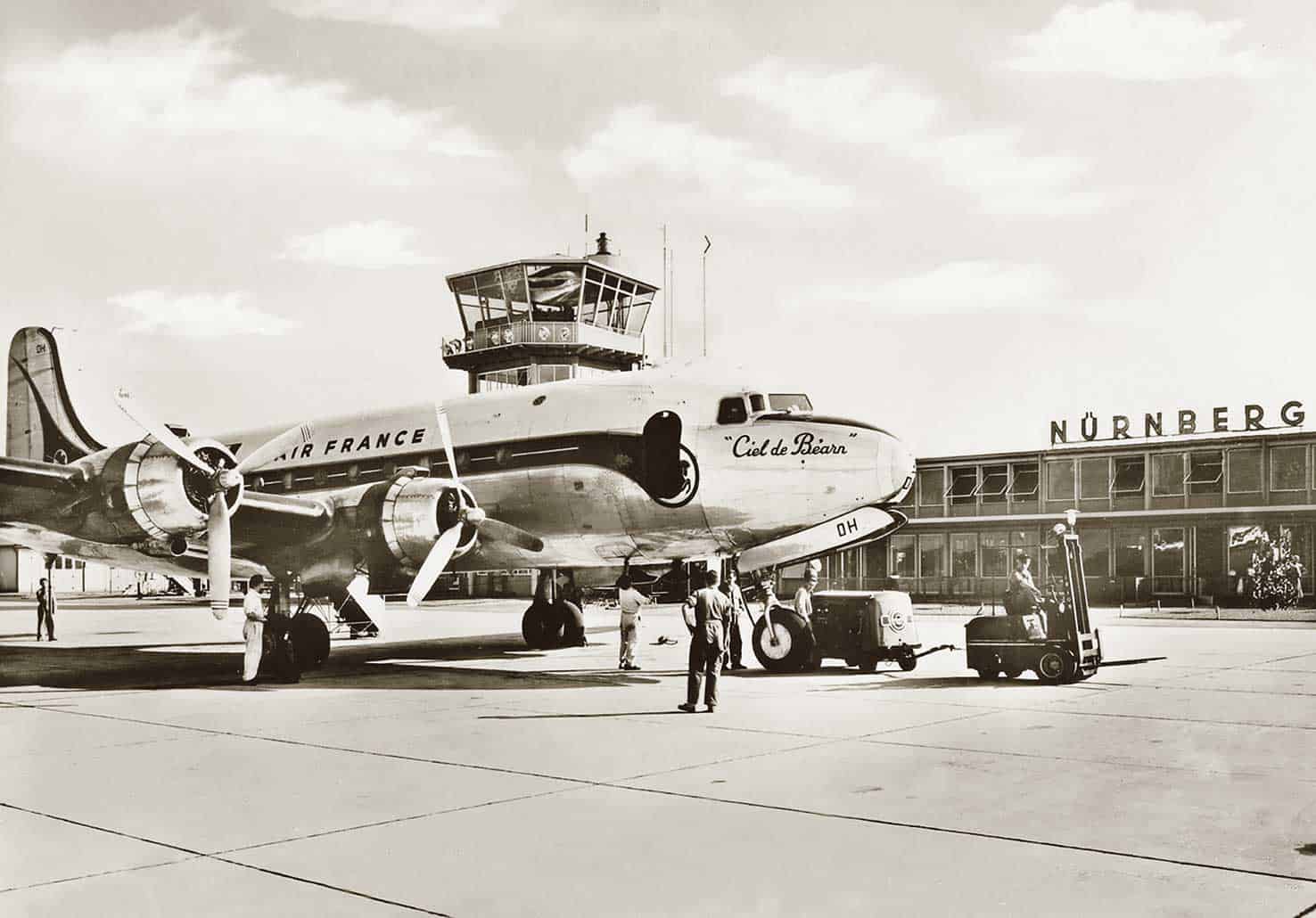 Air France: 70 years at Nuremberg Airport (Albrecht Dürer Airport) (Air France: 70 years at Nuremberg Airport (Albrecht Dürer Airport))
Air France: 70 years at Nuremberg Airport (Albrecht Dürer Airport) (Air France: 70 years at Nuremberg Airport (Albrecht Dürer Airport))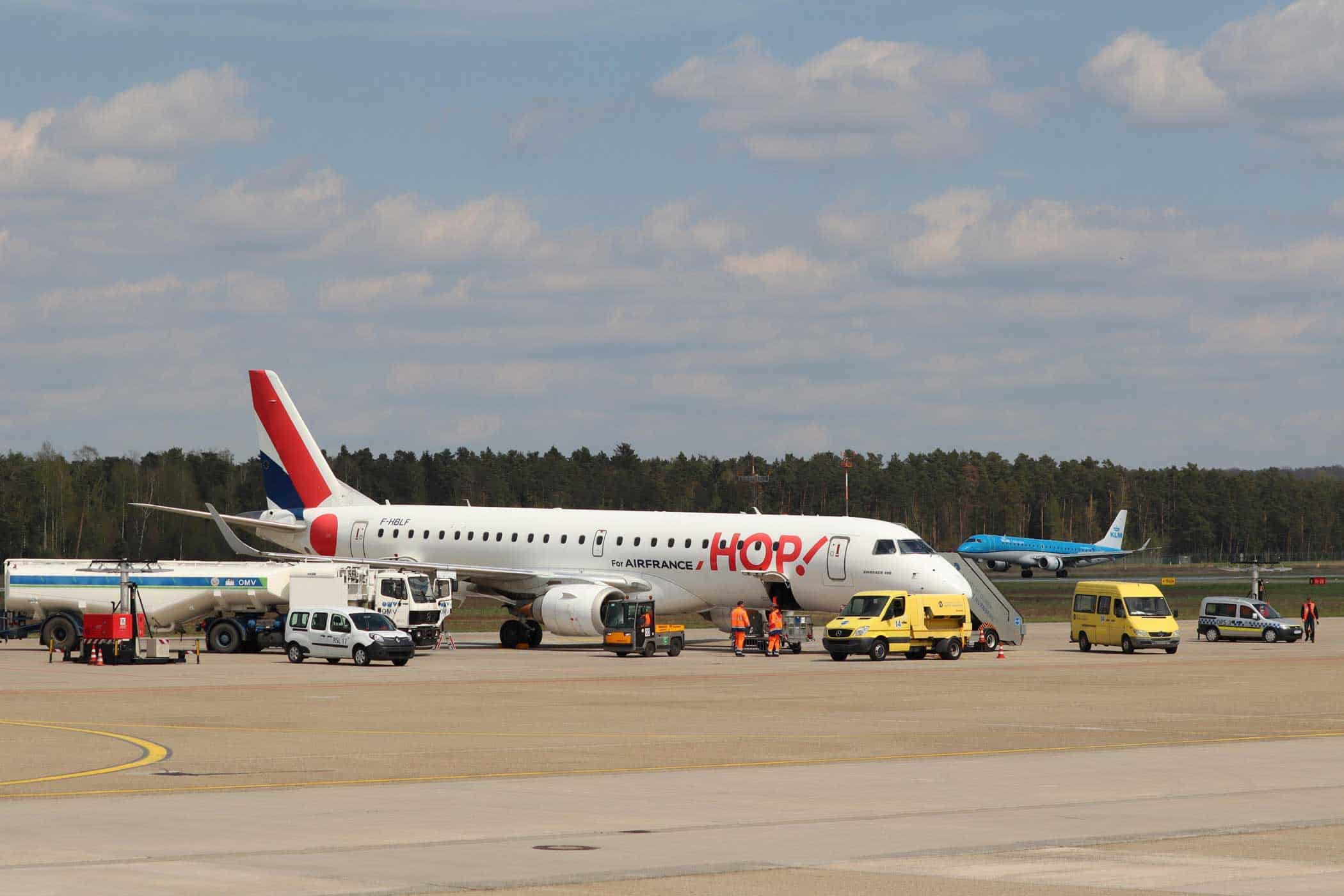 Air France expands Nuremberg-Paris connection: Third daily flight from October (Air France expands Nuremberg-Paris connection: Third daily flight from October)
Air France expands Nuremberg-Paris connection: Third daily flight from October (Air France expands Nuremberg-Paris connection: Third daily flight from October) Zeppelin NT airship conquers the skies of the Lake Constance region (Zeppelin NT airship conquers the skies of the Lake Constance region)
Zeppelin NT airship conquers the skies of the Lake Constance region (Zeppelin NT airship conquers the skies of the Lake Constance region)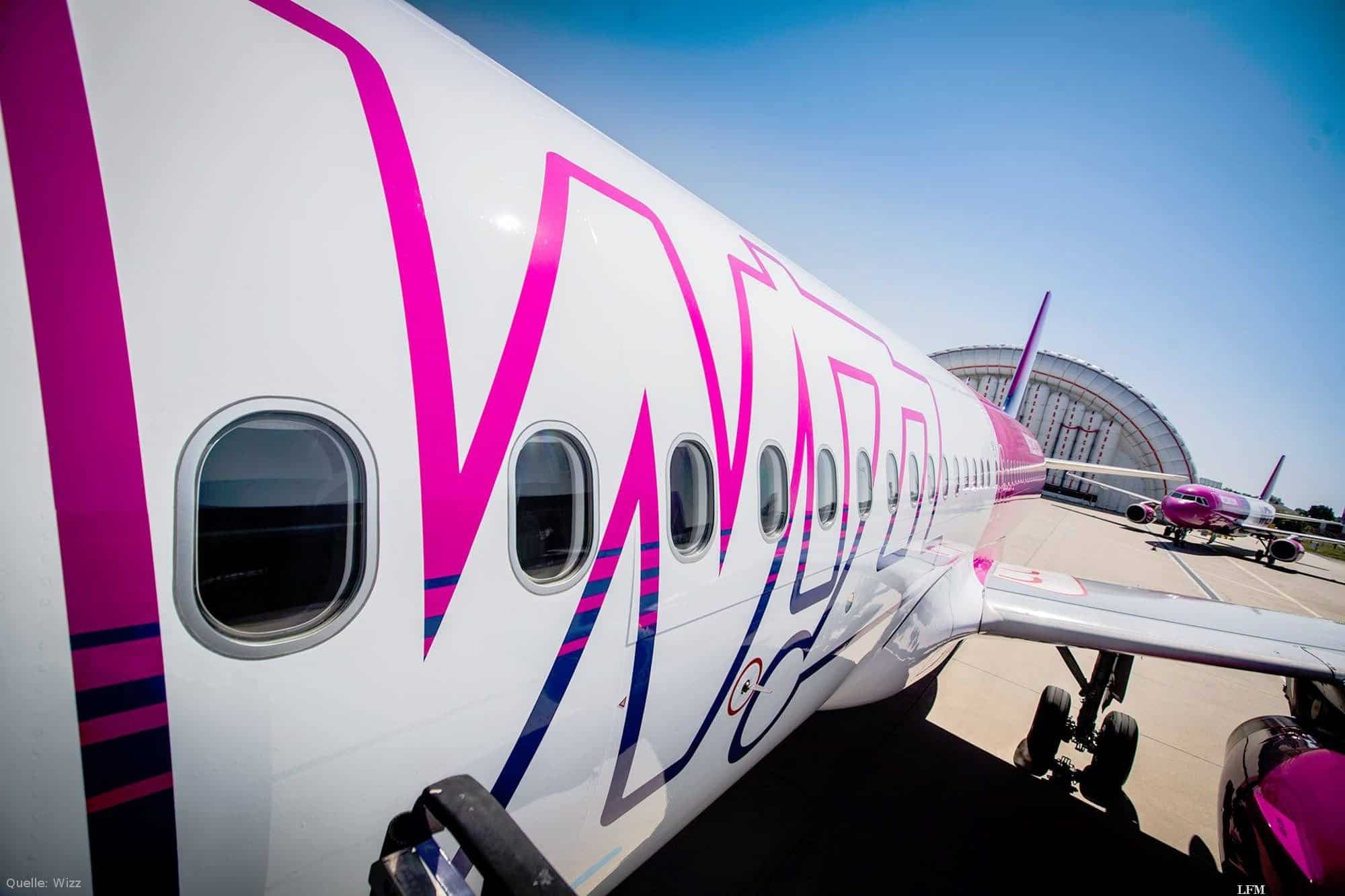 WIZZ Discount Club: More benefits for members (WIZZ Discount Club: More benefits for members)
WIZZ Discount Club: More benefits for members (WIZZ Discount Club: More benefits for members)